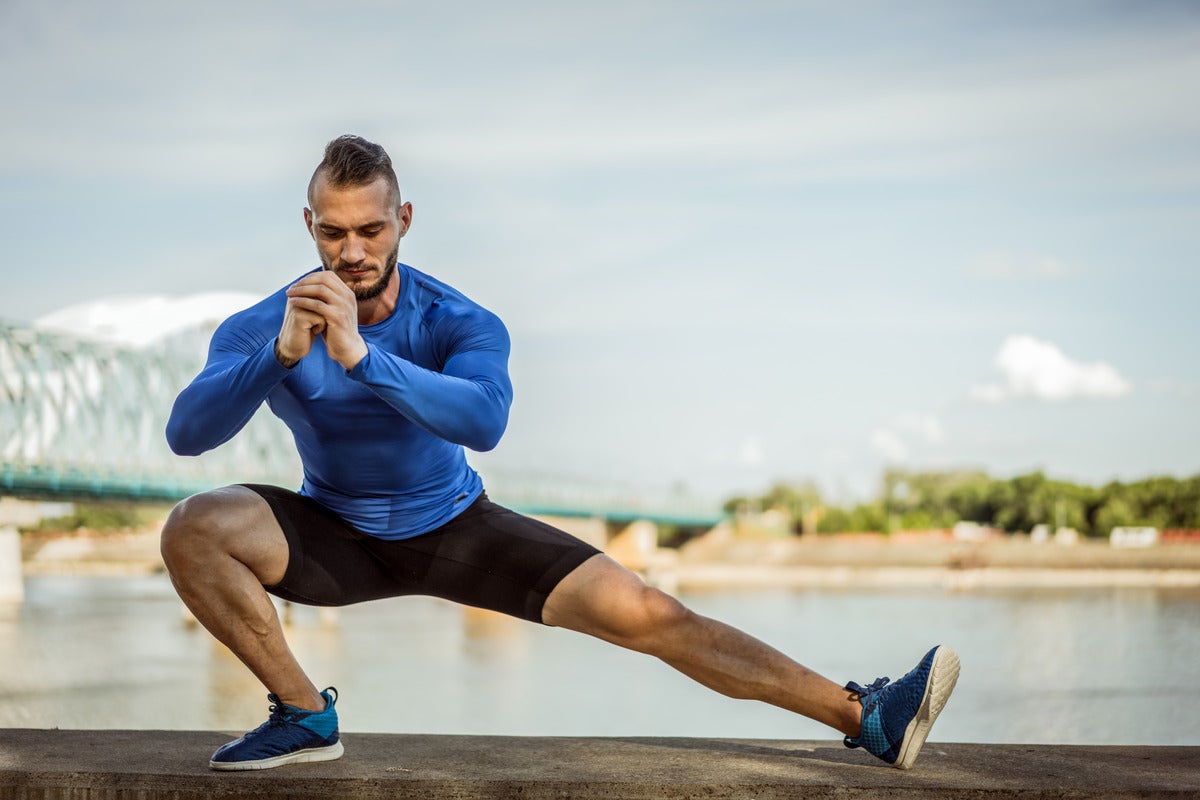How to Treat a Groin Injury
A groin injury can be a real pain—literally! Whether you’re an athlete or just caught off guard during daily activities, understanding how to treat and prevent groin injuries is key to a speedy recovery and getting back to what you love.
Types and Common Causes of Groin Injuries
Groin injuries typically occur when you push your body a little too far. The most common types include:
- Groin Strains: Overstretching or tearing of the muscles in the groin area. These often happen during activities like running, jumping, or sudden directional changes.
- Sports Hernia: Unlike a regular hernia, a sports hernia is a tear in the muscles of the lower abdomen or groin caused by intense twisting or turning.
- Adductor Tendinopathy: This is the inflammation or degeneration of the tendons that attach the groin muscles to the pelvis, usually due to repetitive strain.
Common causes include:
- Sudden Movements: Quick changes in direction during sports.
- Overuse: Repeated stress on the groin muscles without adequate rest.
- Poor Warm-Up: Jumping into intense activity without preparing your muscles.
Seeking Medical Attention and Diagnosis
If you experience sharp pain, swelling, or difficulty moving, it’s crucial to consult a healthcare professional. They’ll likely perform a physical examination and may recommend imaging tests like an MRI or ultrasound to pinpoint the injury's severity. Early diagnosis is essential to prevent further damage.

Incorporating Peptides into Groin Injury Treatment
Peptides, small chains of amino acids, are emerging as a powerful tool in injury recovery. Here’s how they can help with groin injuries:
-
Accelerated Healing: Certain peptides, like BPC-157 and TB-500, are known for their regenerative properties. They can help speed up the healing process by promoting tissue repair and reducing inflammation.
-
Reduced Inflammation: Peptides can target inflammation at the injury site, helping to alleviate pain and swelling faster than traditional methods alone.
-
Enhanced Muscle Recovery: Peptides aid in muscle repair and growth, which is crucial for rehabilitating a strained or torn groin muscle.
Note: Always consult with a healthcare professional before starting peptide therapy, especially since the efficacy and safety may vary based on individual conditions.
Prevention is always better than cure. Here’s how you can safeguard yourself against groin injuries:
- Warm-Up Properly: Engage in dynamic stretches and light cardio before diving into intense activities.
- Strengthen Your Core and Groin Muscles: Regular exercises like lunges, squats, and planks can help build muscle resilience.
- Maintain Flexibility: Incorporate regular stretching into your routine to keep your muscles limber.
- Listen to Your Body: Don’t push through pain; rest when needed to avoid overuse injuries.
This guide offers a practical and concise approach to understanding and treating groin injuries. With the right knowledge, you can take control of your recovery and prevent future setbacks, ensuring you stay active and healthy!






 is here! Shop now, pay later in 4 easy installments
is here! Shop now, pay later in 4 easy installments









